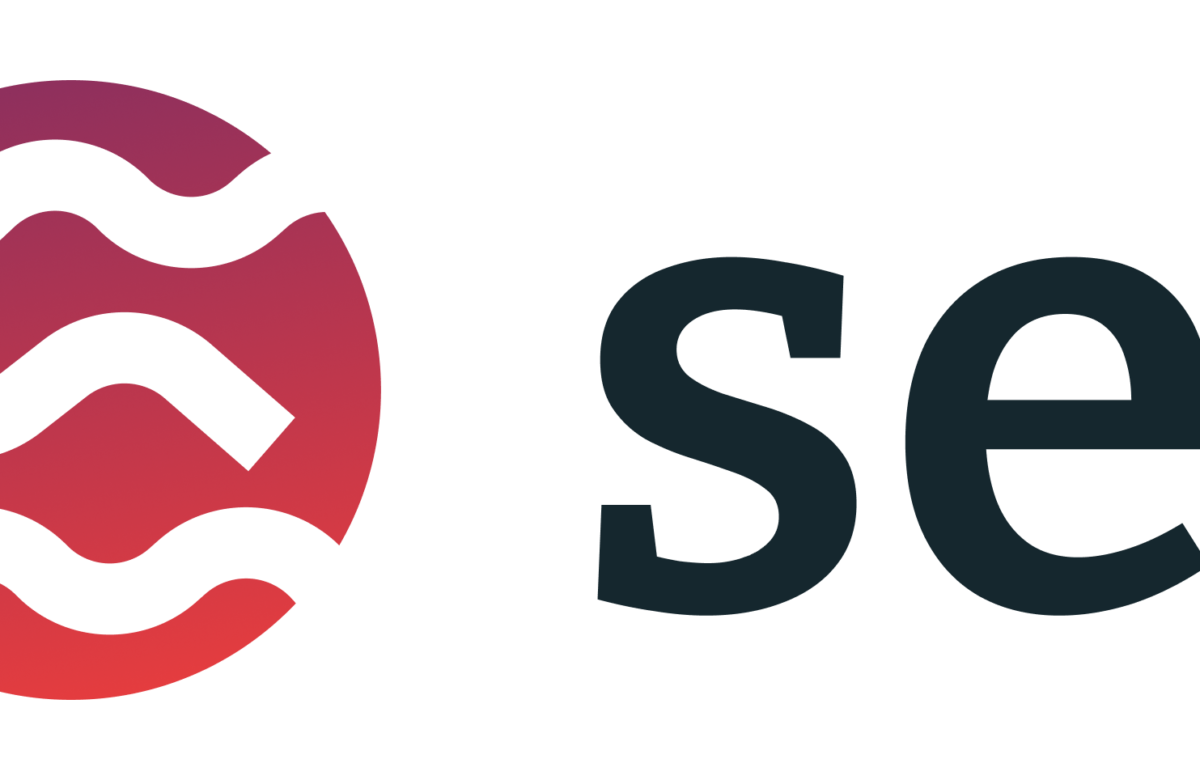
NULS Has Pumped over 140% in the Last 4 Weeks, Here’s Why
- Featured
- March 19, 2024
- No Comment
- 57
The cryptocurrency NULS has been on a remarkable upward trajectory over the past month, pumping over 140% and catching the attention of investors in the space. However, the rally hit a speed bump today as the token saw a sharp pullback.
According to data from DeFi Compass, a prominent crypto analytics firm, NULS has risen an astonishing 143.59% over the last four weeks. The Twitter account credited NULS’ innovative “microservices approach” and highly modular architecture integrating smart contracts and cross-chain technology as drivers behind the surge.
For those unfamiliar, NULS is a global open-source blockchain infrastructure project that provides customizable services. It adopts a micro-services architecture to achieve high modularity, leveraging smart contracts and cross-chain capabilities. A key feature is its “ChainBox” which allows for rapid blockchain development and reduced costs, accelerating business adoption.
DeFi Compass stated, “The efficiency of its ChainBox in rapidly building chains reduces the cost of development, driving the rapid adoption of blockchain solutions.”
However, the promising rally faced a hiccup today. According to cryptowise.finance, an automated crypto tracking platform, NULS saw a 14.15% drop over just four hours earlier today. This represented the largest four-hour decline for NULS in at least a year.

The sharp pullback could represent profit-taking by investors after the astronomical rise. Alternatively, it may simply be a healthy market correction and consolidation period before a potential continuation of the uptrend. For the rally to sustain, NULS will need to find support above crucial technical levels.
Only time will tell if NULS can recapture its recent momentum. But the project’s underlying technology has clearly captured investor interest amid the current bull market. NULS exemplifies the innovation happening in blockchain infrastructure, aiming to reduce development frictions and ease enterprise adoption.





